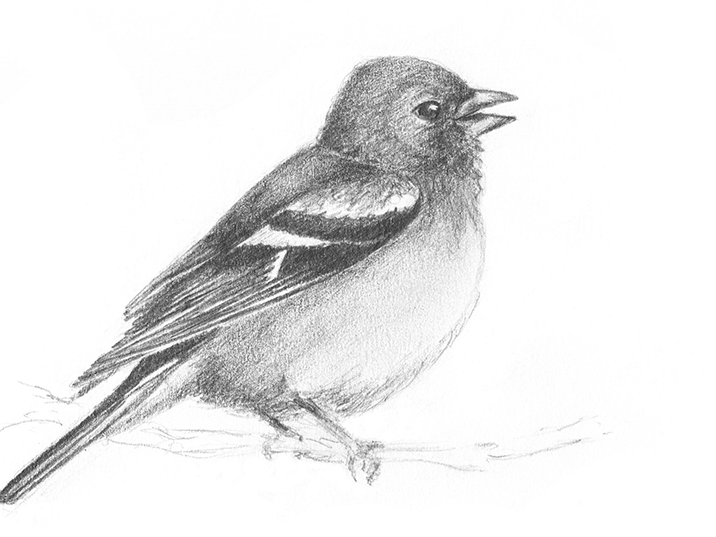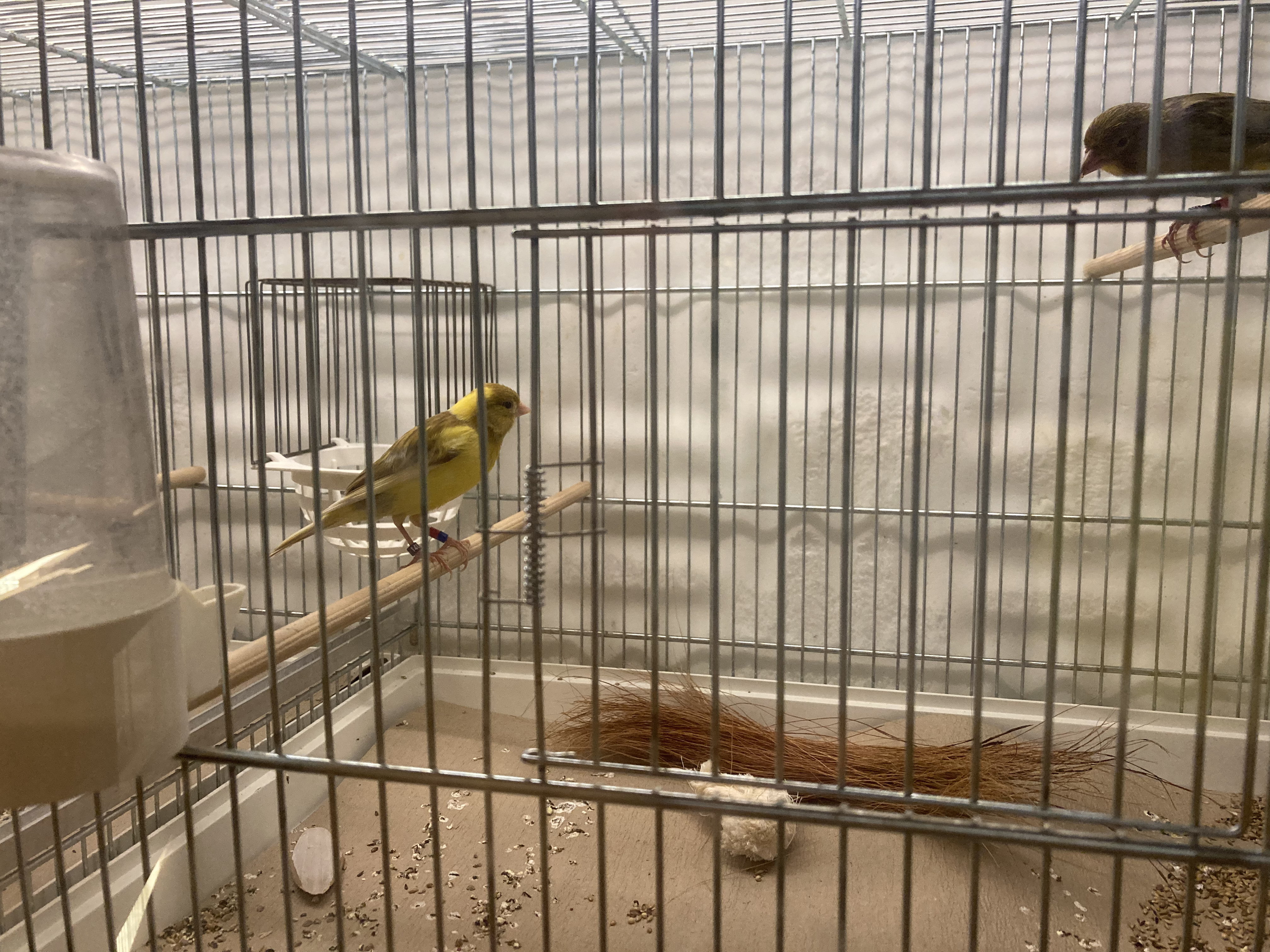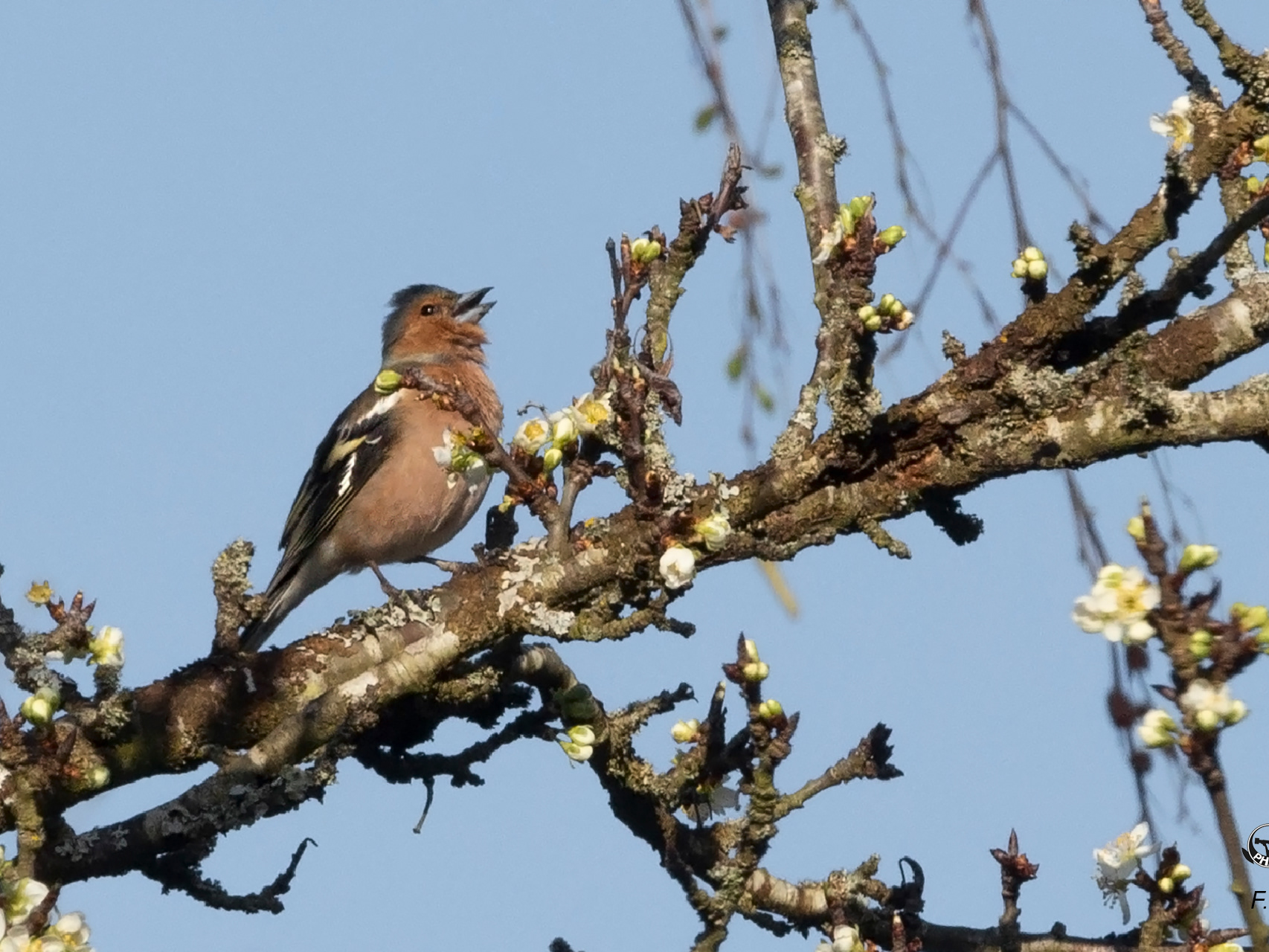Although we can't hear them, bats are among the loudest animals on earth. They listen to the echoes of their ultrasonic calls to detect surrounding trees and prey insects. But the echoes of trees and the ground, which are big objects, are usually much louder than the echoes reflected off of small insects. In forests, bats are then swamped with tree echoes and detecting insect echoes is very difficult. To decrease the importance of tree echoes, bats typically call at much lower amplitude when they are in cluttered space than when they are in open areas, but this comes to a cost: in open space calling to these low levels strongly limits their maximum detection range.
In our study, we measured the call amplitude of a forest bat species that we forced to fly in an open space. Like other closely related species, brown long-eared bats kept a very low call amplitude, although it was likely impairing their detection range a lot. We think that these bats are not able to call louder because of a physical limitation. But they cleverly make use of their low-amplitude calls to sneek up on eared moths, which would otherwise escape as soon as thery hear an approcahing loud bat.
photo: a long-eared bat Plecotus auritus





